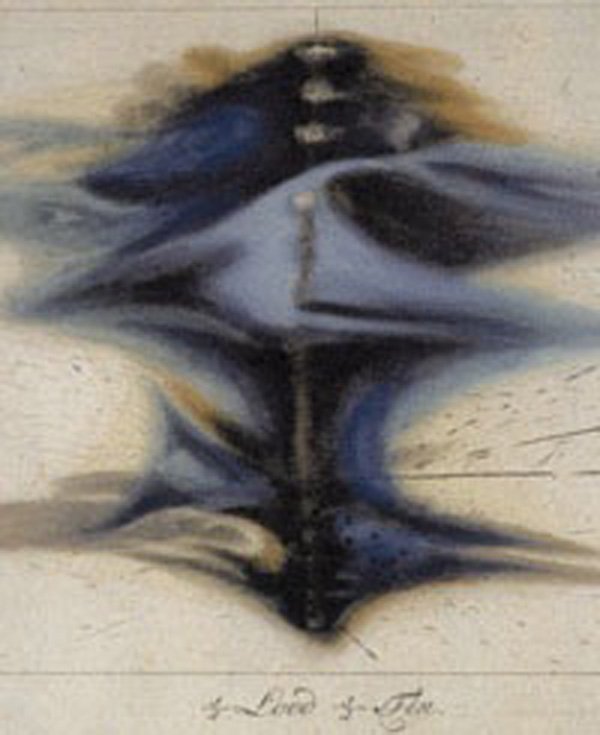|
|
|
|
|
|
|
|
|
|
|
|
|
|
|
|
|
|
|
|
|
|
|
|
|
|
|
|
| van MARUM, Martinus
|
| Description d'une tres Grande Machine Electrique
|
| Haarlem: Enschede and van Waire, 1785, 1787.
|
| First editions of both volumes.
|
| Two volumes in one, 4to, half vellum.
|
|
|
| The copy of the celebrated 18th century chemist Louis Bernard Guyton de Mourveau, with his ownership stamp on the title pages.
|
|
|
|
|
|
|
|
|
|
|
|
This remarkable book represents what was arguably the birth of high energy physics and at the same time is a landmark in scientific illustration.
|
|
|
|
Martin van Marum was a prominent 18th century researcher in electricity, well known in the scientific community. He had a view of electrical experimentation that will resonate with anyone involved today in high energy physics: if a little energy is interesting, then a lot more energy will be a lot more interesting. Following that philosophy he undertook to build progressively larger electrostatic machines, culminating in the one described in this book - the largest electrical generator of the 18th century.
|
|
|
|
He did not proceed in small steps. At a time when other experimenters were working with machines that could reach 50,000 volts and release 10 joules of energy, van Marum's machine stood ten feet high, reached anywhere from 300,000 to 700,000 volts, and discharged up to 30,000 joules of energy. This was capable of producing sparks up to two feet long and of the thickness of a pencil.
|
|
|
|
Marum's machine is pictured in a very large folding plate from volume two of his treatise. This is one of the most striking and spectacular illustrations of 18th century scientific apparatus that one is likely to encounter. (The machine itself still exists and can be seen in Teyler's Museum in Haarlem.) But the book is even more notable for a series of hand-colored plates depicting electrical effects.
|
|
|
|
Scientific illustrators face unique problems when attempting to render the appearance of extremely fast and intense transient phenomena. Electrical discharges and their associated effects are especially difficult, as will be known to anyone attempting to capture the image of a lightning strike without a camera.
|
|
|
|
Van Marum and his collaborator John Cuthbertson made a number of experiments on the vaporization of metal wires during an electrical discharge. In these experiments the wires would literally explode and produce a transient cloud of vapor. The two experimenters devised a method to 'image' the explosion by positioning the wire directly over and very close to the surface of a glass plate or piece of paper. When the wire exploded from the electrical discharge, the flash of oxidized vapor would be captured on the glass or paper.
|
|
|
|
Here John Cuthbertson describes what they saw: "Take ten inches of lead wire of one ninetieth part of an inch diameter, extend it over a paper on the board as before directed; set the slider on the moveable arm of the discharging electrometer at 20 gr.; connect the electrometer, ..., when it is charged high enough, the electrometer will direct the discharge through the wire, which will explode; and a white cloud of oxide will rise up in the air, and a beautiful figure, the whole length of the wire, will be left upon the paper, of a black grey colour intermixed with blue." (John Cuthbertson, Practical Electricity, and Galvanism, ..., London: J. Callow, 1807.)
|
|
|
|
Different metal alloys would produce different colors and patterns in the recorded image, which could also be influenced by the strength of the electrical discharge and the distance of the wire from the surface. These astonishing images were reproduced by hand color in seven plates in volume two of this treatise. One plate is illustrated here.
|
|
|
|
|


